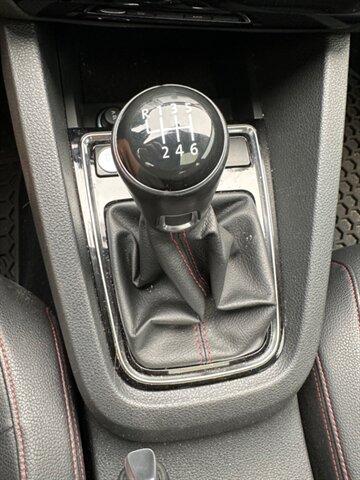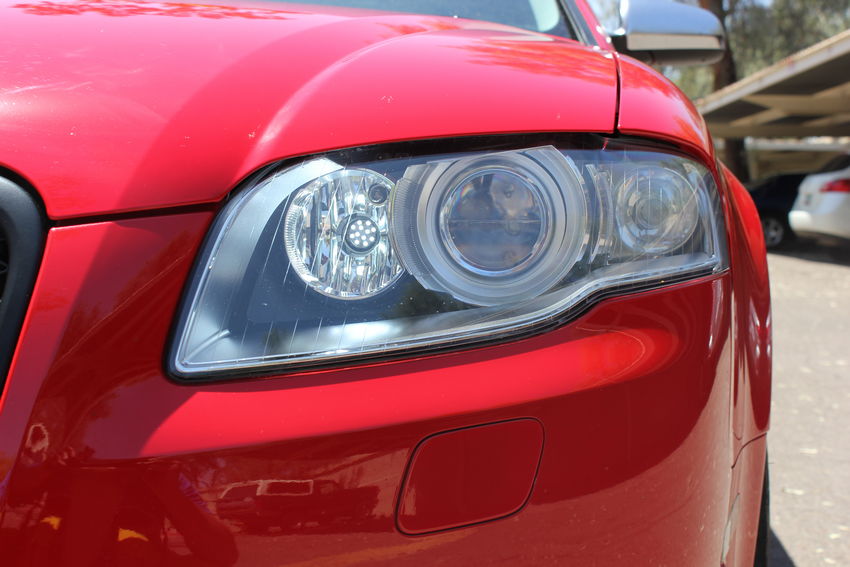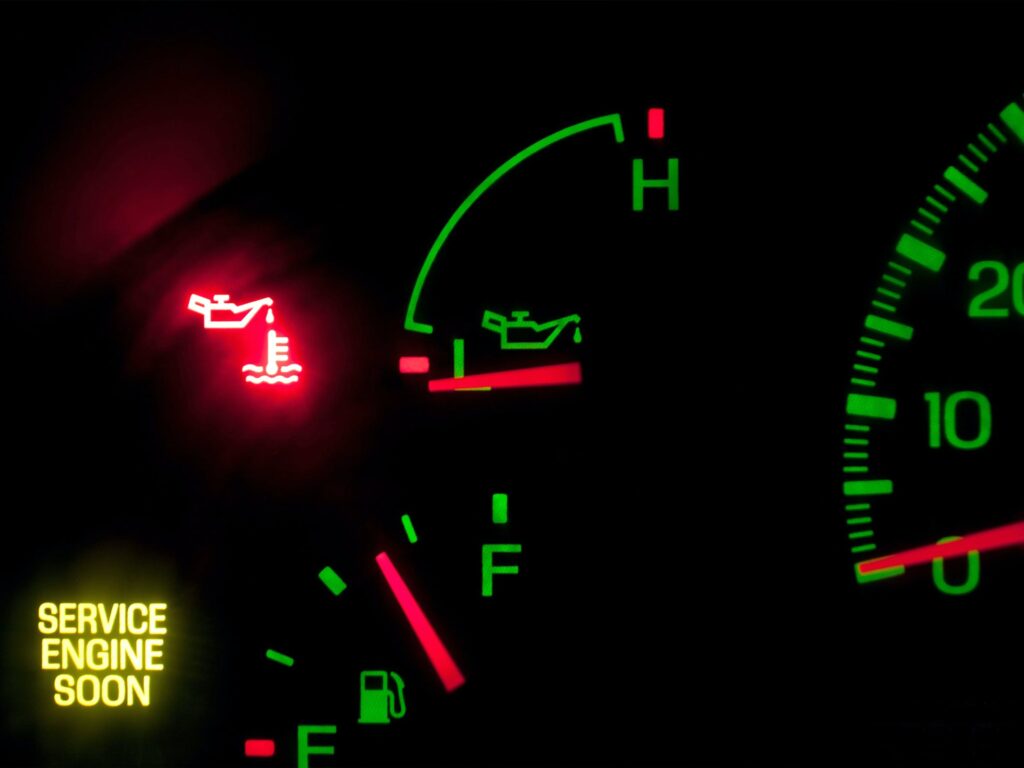Nissan Dualis Problems: Solutions That’ll Save You Stress
The Nissan Dualis has experienced a range of problems, including faulty transmissions and engine issues. Despite its popularity, the Dualis has faced ongoing concerns that should be considered by potential buyers. The Nissan Dualis, a popular crossover SUV, has been the subject of various problems over the years. From malfunctioning transmissions to engine issues, these concerns have prompted potential buyers to approach the vehicle with caution. While the Dualis has often been praised for its design and performance, it is essential to be aware of the potential pitfalls before making a purchase. We will explore some of the common problems faced by Nissan Dualis owners, offering valuable insights into the vehicle’s reliability and addressing the need for proper maintenance and care. By understanding the known issues surrounding the Dualis, consumers can make informed decisions and potentially avoid costly repairs in the future. Understanding The Common Nissan Dualis Problems Understanding the common Nissan Dualis problems is crucial for current or prospective owners of this popular crossover SUV. While the Dualis is known for its stylish design, comfortable ride, and spacious interior, it is not immune to certain issues that owners may encounter over time. In this section, we will explore the common issues faced by Nissan Dualis owners, as well as how to identify and address these key problem areas. The Common Issues Faced By Nissan Dualis Owners As with any vehicle, the Nissan Dualis is not without its fair share of problems. However, being aware of these common issues can help owners resolve them in a timely manner, ensuring the longevity and reliability of their vehicles. Here are some of the most frequently reported problems faced by Nissan Dualis owners: Identifying The Key Problem Areas In Nissan Dualis It’s important for Nissan Dualis owners to have a clear understanding of the key problem areas in their vehicles. By being able to identify these areas, owners can take proactive measures to address the issues before they escalate: 1. CVT Transmission Issues: One of the most prevalent problems in the Nissan Dualis involves the continuously variable transmission (CVT). Some owners have reported issues such as transmission overheating, stalling, or jerky shifting. Regular maintenance and early detection of any unusual symptoms can help prevent further damage. 2. Brake System Problems: Another common issue reported by Dualis owners is related to the brake system. Problems may include spongy brakes, excessive brake noise, or premature wear of brake pads. Regular brake inspections and prompt replacement of worn components are essential to maintain optimal braking performance. 3. Electrical System Malfunctions: Dualis owners have also reported various electrical system malfunctions, such as faulty sensors, malfunctioning power windows, or issues with the vehicle’s central locking system. Timely diagnosis and repair by a qualified technician are necessary to ensure the electrical system operates correctly. 4. Suspension and Steering Concerns: Some owners have experienced problems with the suspension and steering components of their Dualis, including clunking noises, vibrations, or difficulty in steering. Regular inspections and proper maintenance can help identify and resolve these issues promptly. 5. Air Conditioning System Failures: A number of Dualis owners have reported issues with the air conditioning system, including weak cooling, inconsistent airflow, or complete failure. Regular maintenance, such as cleaning or replacing filters, can help prevent these problems. It’s important to note that these are general problem areas that some Nissan Dualis owners have experienced. Not all vehicles will encounter these issues, and proper maintenance and servicing can significantly mitigate the likelihood of problems arising. How To Prevent And Address Nissan Dualis Problems Nissan Dualis is undoubtedly a popular and reliable car with its sleek design and impressive performance. However, like any other vehicle, it is not exempt from occasional issues. In this section, we will discuss essential tips on how to prevent and address Nissan Dualis problems. By following these guidelines, you can prolong the lifespan of your vehicle and ensure a smooth driving experience for years to come. Regular Maintenance And Inspection Tips For Nissan Dualis Owners Maintaining your Nissan Dualis on a regular basis is crucial to keep it in optimal condition. By following these simple maintenance and inspection tips, you can prevent potential problems from worsening: Check Fluid Levels: Regularly inspect the levels of fluids such as engine oil, coolant, brake fluid, and transmission fluid. Low levels can lead to engine damage or other mechanical issues. Monitor Tire Pressure: Ensure the tires are properly inflated to improve fuel efficiency, enhance traction, and prevent uneven wear. Change Filters: Regularly replace air filters, oil filters, and fuel filters to maintain the overall performance of your Nissan Dualis. Inspect Brakes: Periodically check the brake pads, rotors, and brake fluid levels to ensure your vehicle’s stopping ability. Check Battery Health: Examine the battery terminals for corrosion and ensure the battery is securely mounted. Additionally, get the battery tested regularly to avoid unexpected breakdowns. Essential Steps To Take When Experiencing Nissan Dualis Issues Despite regular maintenance and inspections, Nissan Dualis owners may encounter occasional issues. Knowing how to address these problems promptly can prevent further damage. Here are essential steps to take if you experience any Nissan Dualis issues: Identify the Problem: Thoroughly assess the symptoms and try to identify the specific issue your Nissan Dualis is facing. It could be electrical, mechanical, or related to the car’s systems. Consult with a Qualified Mechanic: Reach out to a trusted mechanic or dealership with expertise in Nissan vehicles. They can diagnose the problem accurately and provide appropriate solutions. Ask for Written Estimates: Before proceeding with any repairs, ask for written estimates from the mechanic. This will help you understand the cost involved and ensure transparency in the process. Approve Repairs Wisely: Once you have the estimates, evaluate the urgency of the repair and consider the financial implications. Prioritize safety-related repairs and discuss with your mechanic about alternative options if required. Keep Records of Maintenance and Repairs: Maintain a record of all maintenance activities, inspections, and repairs performed on your Nissan Dualis. This documentation will be
Nissan Dualis Problems: Solutions That’ll Save You Stress Read More »




